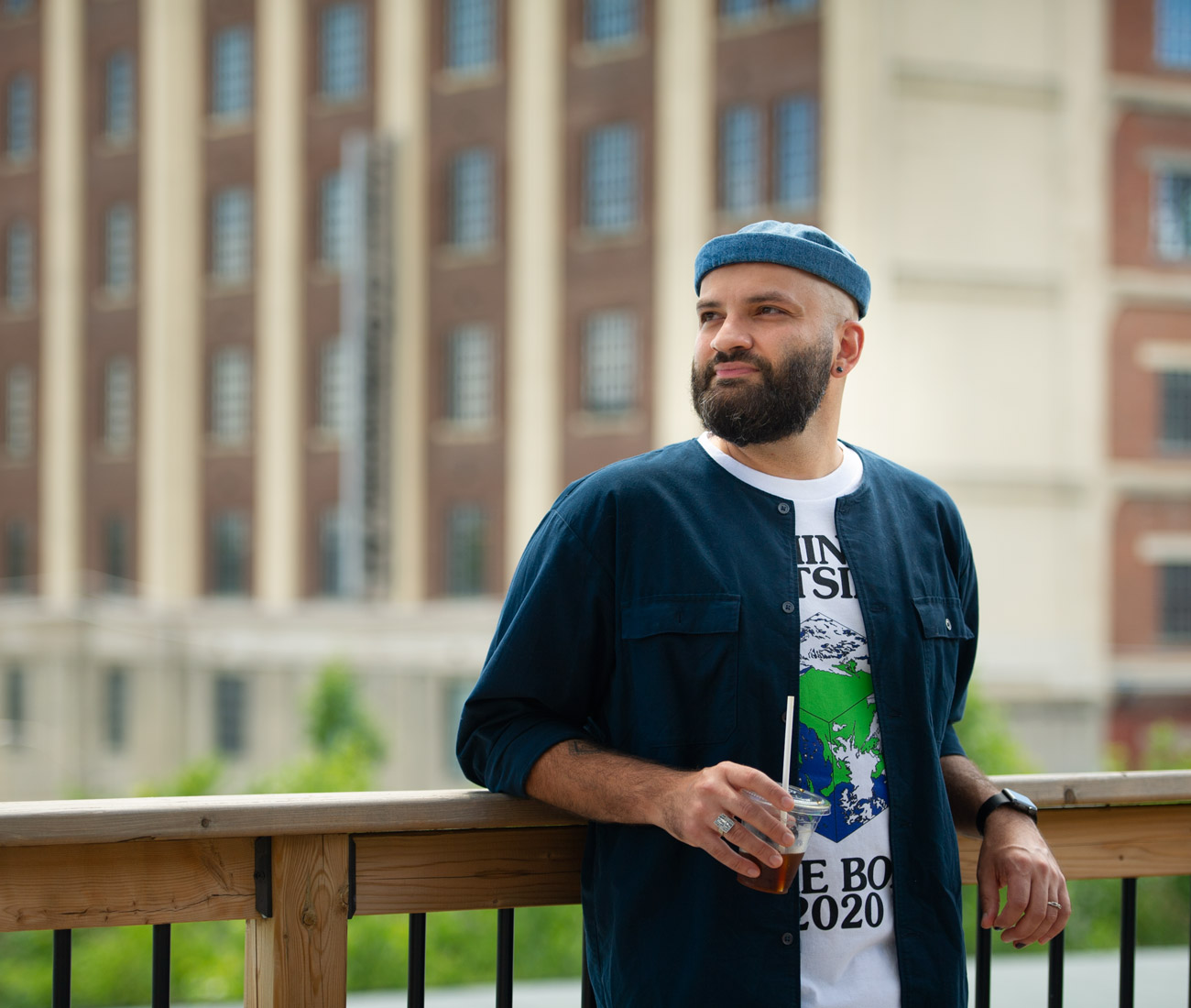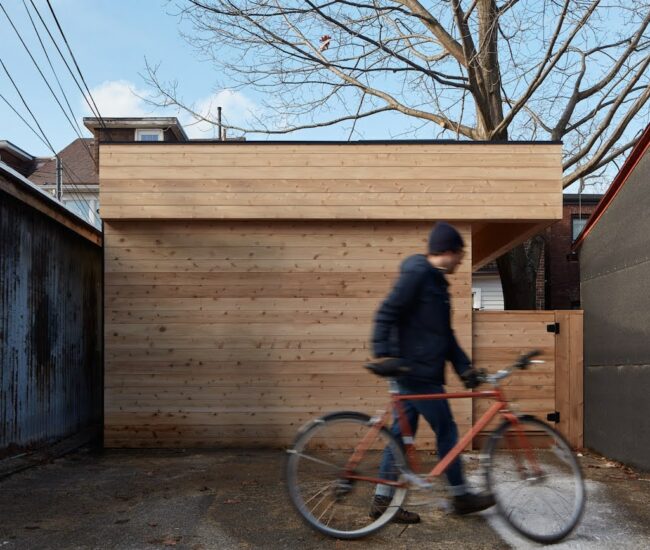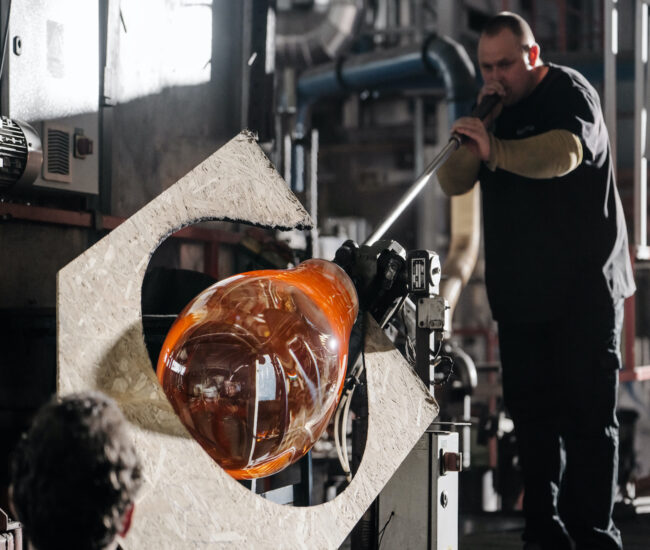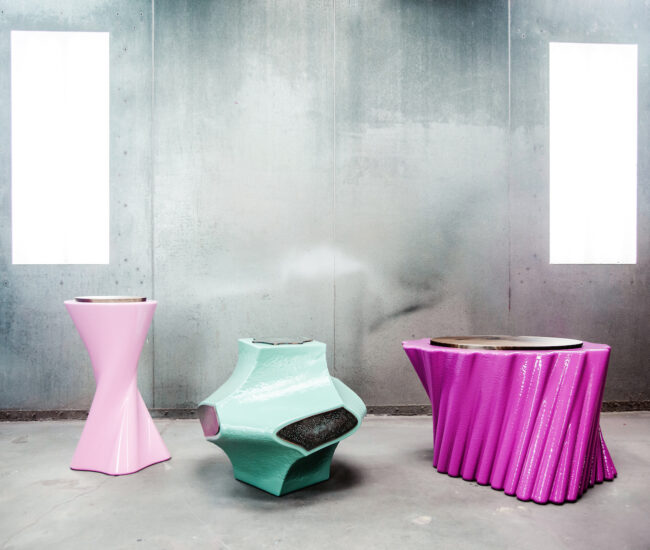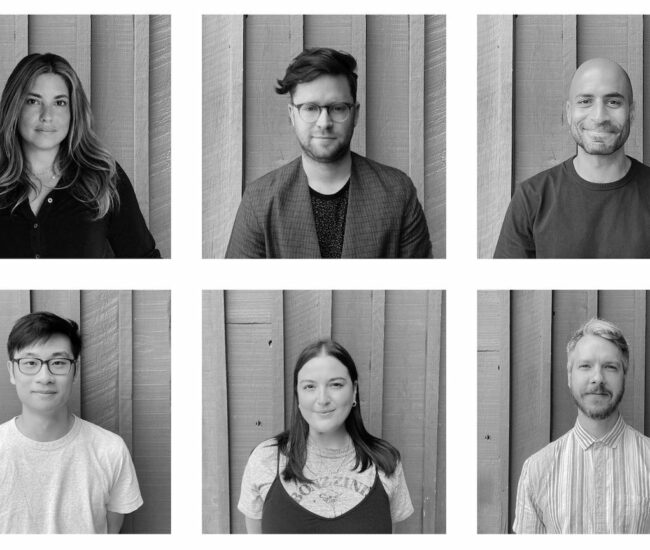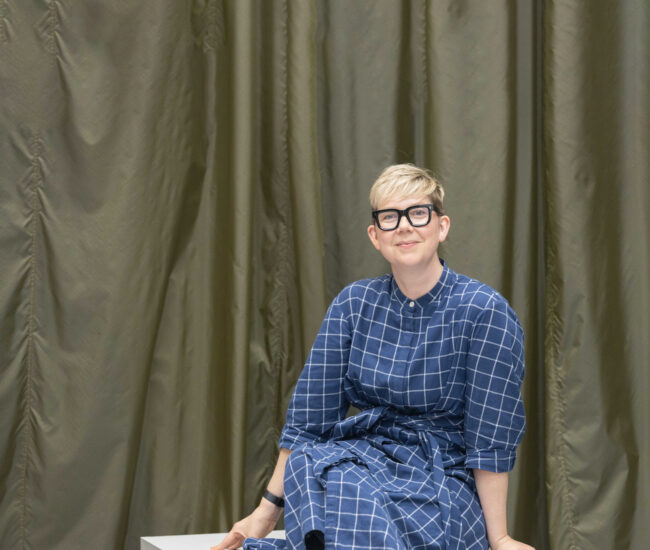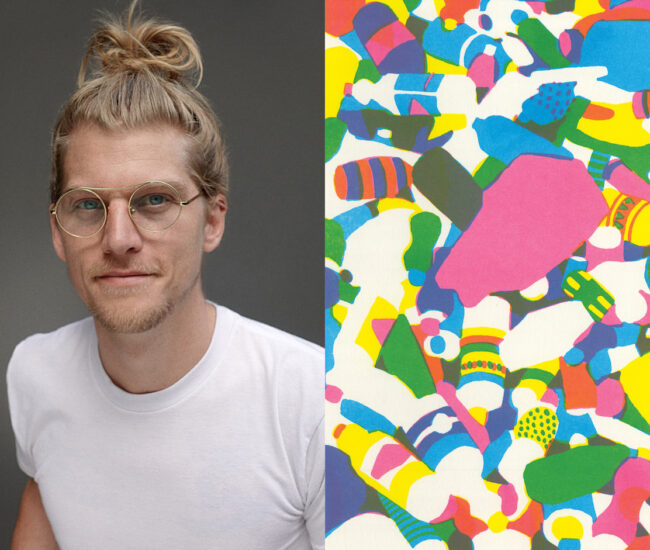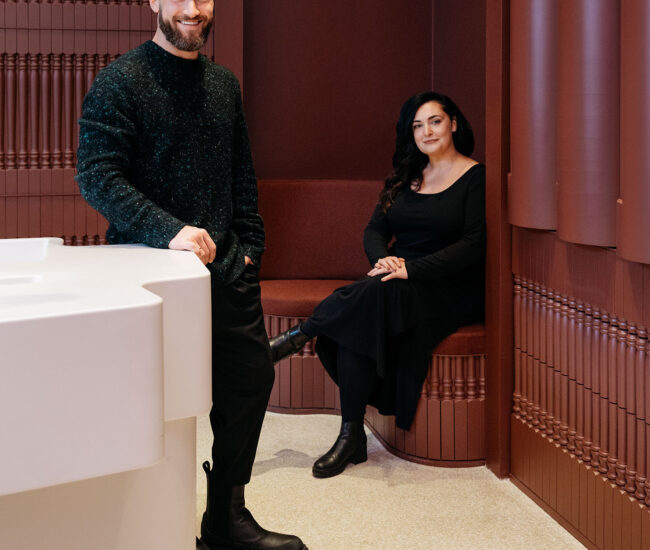Experimental Architect Reza Nik is Taking on the Architecture Profession
The artist, designer and experimental architect behind SHEEEP is constantly in motion. His latest move: helping launch the Toronto chapter of the Architecture Lobby
Reza Nik isn’t one to stay still. An architect by training and an across-the-board designer, educator and creative in practice, he creates at a near-constant pace, from simple finger-sketches on his phone to soundscapes to actual spaces and structures. Nik’s interests aren’t suited to just one kind of expression, and after spending time at traditional architectural firms, he found institutional convention didn’t sit quite right, either. It’s why he created SHEEEP, his experimental architectural studio.
Institutional convention also drove him to help launch the Toronto chapter of The Architecture Lobby. Less a traditional lobby than a disruptive advocacy, the group intends to challenge the industry’s long hours, unpaid overtime and systemic sexism and racism. Consider it another project for the multifaceted architect and artist. Over cold brew, Nik told us about his unique approach to architecture and design, how it was informed by his globe-spanning travels and why he’s taking his own profession to task.
Excerpts from this conversation have been edited for length and clarity.

Designlines: You’ve lived all over the world, including Iran, Dubai, Toronto, Halifax, Düsseldorf – the list goes on. How has that influenced your work?
Reza Nik: It was important for me to gain perspective on different ways of living and thinking and doing, whether it was through architecture and design, or just living. Life in Barcelona is completely different from life in Toronto, or Halifax, or Ladakh, or Vienna. Including homes, countries and cities, I think I’ve moved something like 22, 23 times in my life.
What it’s taught me is you need to be flexible, and in general what I’ve taken from it is, no matter where I’m working, I don’t want to have an international style. I’m not after the Mies van der Rohe thing where every city is going to have this exact same thing, and it’ll be mine. I try to make things that are super site specific. I can’t really detach my process from the site, and I think that comes from living and moving through so many places.

Designlines: You made a point of creating something new every day for a full year. Did all of it come together somehow?
Strangely it did, or at least I think it did. It started on my birthday. Monday was dedicated to two-dimensional work, Tuesday was three-dimensional, Wednesday was four-dimensional – which was basically anything with time added in the dimension, like films and animation – Thursday was for mural sketches, Friday was for writing, and Saturday was about sound. Then Sunday was for architecture, whatever that meant.
I’m of the belief that you need to trust your instinct and think unconsciously about creation, and not really overthink the thing you’re going to create. So the whole concept was, rather than labelling myself one way, I’m going to make things in the disciplines I’m interested in, in some I’ve been practicing, and in some that I wanted to learn new skills in.

Designlines: How did you come up with the name for SHEEEP, and why the three e’s?
Reza Nik: It took awhile; I went through about 25 to 30 names. And last year, I just started with Reza Nik Studio because I didn’t want anything I’d be uncomfortable with. But I guess I had been thinking about sheep unconsciously for, like, 10 years. I created a sculpture of a sheep last year that was based on an Iranian story, and the logo I made for Reza Nik Studio looked like an abstract sheep, and then I thought, “‘Sheep,’ I like the sound of that.” I like the vagueness of it because I’m mindfully calling my practice experimental, and with “SHEEEP,” I wanted to make it clear that there are different ways of doing things.
I also wanted it to be representative of the fact that you don’t need to be a “wolf” to make it. There’s that belief that, in order to succeed, you need to be a wolf, or a lion, or a hawk. That you need to be cutthroat. When people hear “sheep” they think: followers, stupid, idiot. And whoever knows me knows that I’m not that.

Designlines: Can you tell me about launching the Architecture Lobby’s Toronto chapter, and what its goals are?
Reza Nik: The Lobby was started in the States by Peggy Deamer, who’s currently the assistant dean at the Yale Architecture School. The main intention was to lobby for more fair practices for architects – because architects are professionals, firms don’t need to pay them overtime, and the culture reinforces that. So part of the Lobby’s mission statement is thinking about how to shift away from that culture of long hours and all-nighters. I used to go days without sleeping or eating – I did it, and lived off of Triscuits when I was in school – and it’s terrible. I lost 15 pounds and professors weren’t saying not to do that.
We also want to focus on holding architecture institutions, associations and firms accountable for more equitable practices with regards to labour law and anti-racist practices. Another part is to use it as an education platform to show the younger generation and students that there’s critical thinking in architecture that’s not just about some fancy parametric design, but instead about what people are fighting for, and that there’s inequity and sexism in the profession. So through education and just being out there, we want to show that this is a thing people are talking about. You get stigmatized right away for talking about it. I was told I was overthinking it. Well, you’re not thinking about it at all!”

